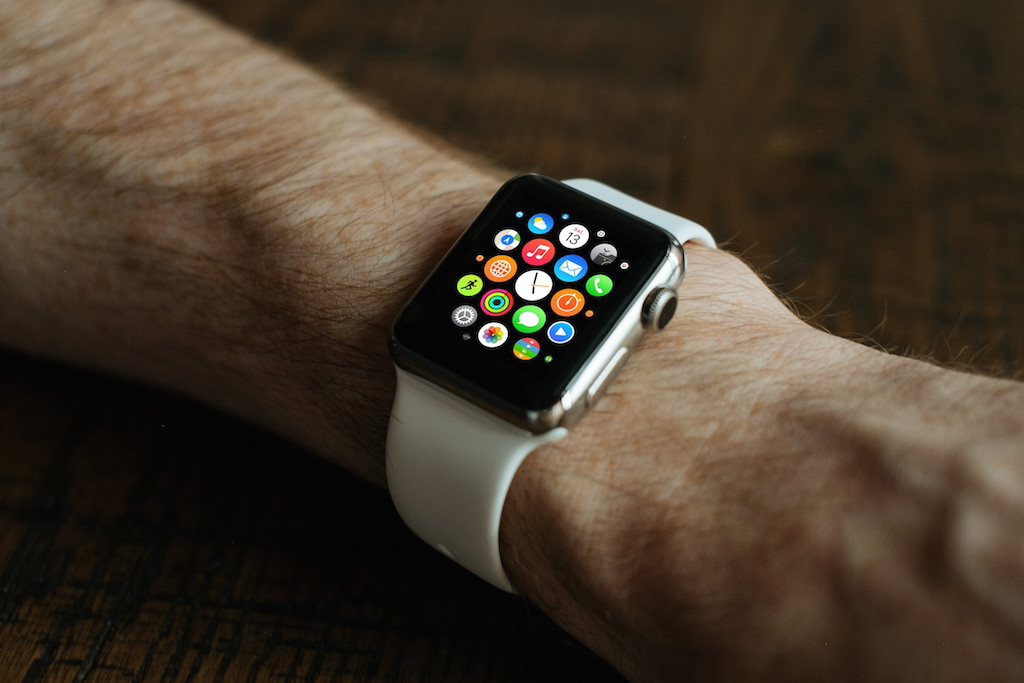The holiday season is a very dangerous time of year for your diet. Between wedding buffets, Halloween candy, Thanksgiving dinner (and leftovers), and numerous food filled religious holidays clean eating gets put to the back burner. Use these tips to help you stay on track through the end of the year.
1. PANTRY PURGE
Cleaning up your diet starts with your pantry. Ditch the leftover Halloween candy, half-eaten package of Oreos and sugar-packed cereals. And don’t forget about the fridge, where old sauces and half eaten leftovers go to die. Instead of putting it off another day, purge the excess junk to make room for fresh, nutrient-rich, high quality-foods.
2. FALL PRODUCE
Now that you’ve purged the junk from your pantry, fill it with bright fruits and vegetables. Keep these at eye-level or on the counter as a daily reminder to use them before they go bad. Utilize your local farmer’s markets or health food store with locally sourced produce to fill your bag with everything from crisp apples and juicy pears to healthy greens, sweet root vegetables, and sturdy winter squash. Farmers markets are great places to learn where your food came from and to meet the growers first hand. Often times they have unique recipe ideas and tips for preparing produce.
3. HEALTHY PORTIONS
Sugar topped sweet potatoes, gooey mac & cheese and creamy casserole bake; with comfort foods it can be difficult to stick to realistic portion sizes. Even with healthier options, you can have too much of a good thing. Check your portions by imagining your plate cut into parts. One-fourth should be filled with protein – options such as chicken, turkey, steak, salmon and eggs, one-fourth filled with quality starchy carbohydrates – sweet potatoes, rice and whole grains. On the other side of the plate fill half with fresh veggies. Add a side of fruit for the ultimate nutritious and perfectly-balanced meal.
4. GO GREEN
We typically think of milk as the primary source of calcium, but greens such as spinach, broccoli and kale can also contribute to your daily dose of 1,000mg. Although your body is better at absorbing the calcium in milk, with green veggies you’re also loading your body with essential nutrients such as vitamin A, C, K, iron, folate and magnesium.
Try slipping in one extra serving of greens with two meals each day. Sneaking one cup of spinach into your morning smoothie, choosing a salad with darker greens in place of iceberg lettuce and roasting up a big batch of zucchini and broccoli will help you reach your calcium for the day.



